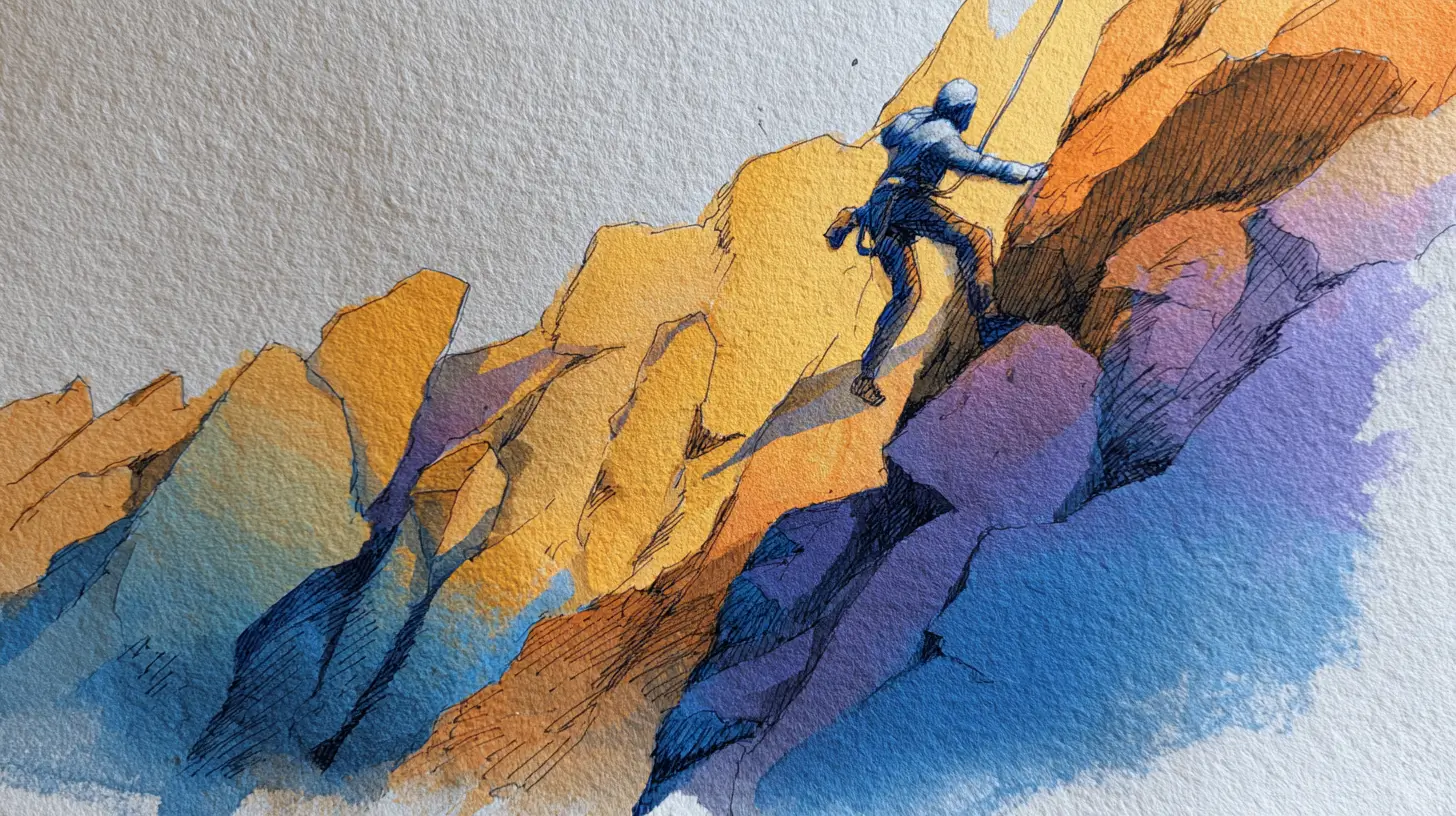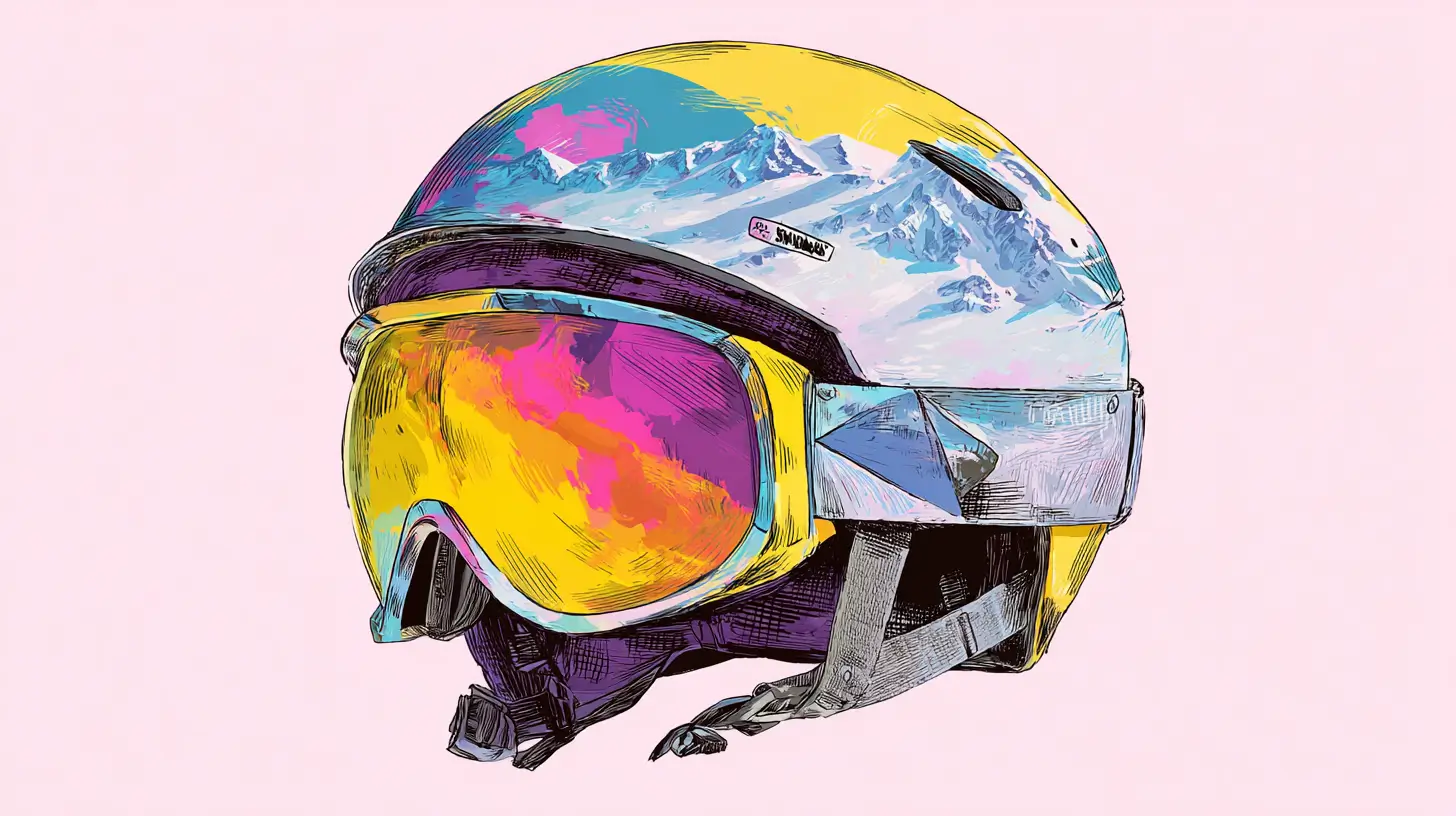What separates one tennis match from another?
Surface variation plays a central role in tennis. Matches on different courts are never identical because each surface alters ball behaviour and tactics. Grass or clay or hard courts all present unique challenges, requiring players to adapt their skills and strategies accordingly.
Surface type is also a significant factor for betting analysis. Bettors often look for surface-specific trends, especially when evaluating tournament favourites. Many platforms offering exclusive promotions for Irish players adjust their markets based on how players perform across different court types.
These differences are not minor. The very rhythm and flow of tennis change depending on what lies beneath the players’ shoes.
Grass courts – speed, serve and instinct
Grass is the fastest surface used in professional tennis. The ball stays low and moves quickly, making it difficult for players to recover between shots. Points are shorter. Serve-and-volley tactics tend to dominate.
Grass rewards players with strong serves and quick hands at the net. Reaction time is critical. Matches can swing on a handful of break points. Wimbledon remains the sport’s premier grass-court tournament, and its traditions are built on this fast-paced style of play.
Yet, maintaining grass courts is expensive and weather-sensitive. They are now rare outside a few elite tournaments, which makes preparation on them harder for most players.
Clay courts – control, endurance, and topspin
Clay slows the ball down and allows for a higher bounce. This means longer rallies and a greater emphasis on physical endurance and mental patience. Players who excel on clay often favour heavy topspin and consistency from the baseline.
Sliding on clay is a skill of its own. Movement differs sharply from hard or grass courts. Some professionals, known as clay-court specialists, build their careers on this surface alone. Matches tend to last longer and favour tactical play over power.
These attributes appeal to fans who enjoy long rallies and strategic battles. For those who study form across surfaces, clay data can be especially revealing when looking to get the best welcome bonus from major sports platforms offering odds on Grand Slam outcomes.
Hard courts – versatility and balance
Hard courts are the most common surface in modern tennis. They are used across a wide range of tournaments. The most significant of these are US Open and the Australian Open. These courts is all about a balanced bounce and medium pace, suiting both defensive and offensive styles.
Players with complete games thrive here. Footwork is reliable, ball bounce is consistent, and conditions are easier to predict. This makes hard courts the ideal testing ground for young players entering the top ranks of the sport.
However, the surface can be demanding on joints. It produces more physical strain than grass but less than clay in terms of match duration. Most rankings and statistics are shaped by performance on hard courts due to their dominance in the calendar.
What bettors and analysts should consider
Understanding surface differences helps bettors make more informed decisions. Performance on one surface does not always translate to another. A grass-court champion may struggle on clay. Conversely, a clay specialist may not adjust well to the low bounce and quick rallies of grass.
Key factors for surface-based analysis include:
- Historical win rates by surface type
- Player movement and injury history
- Head-to-head records on specific courts
- Adaptability and recent form trends
Surface-related stats are essential for match previews and long-term forecasts. They allow analysts to spot value early and identify match-ups where underdogs have a surface advantage.
Adaptability defines elite players
The greatest players of the modern era have all succeeded across multiple surfaces. No one can beat Rafael Nadal’s supremacy on clay. Roger Federer dominates on grass. Novak Djokovic, on the other hand, is master of hard courts. However, versatility is key.
Younger players now train to be more adaptable. Coaches prepare them for different styles from an early age. Success no longer comes from surface specialisation alone – it requires fluency on every court type.
Surface still matters, though. It defines the style of match we watch, the odds we back, and the strategies players adopt. And that is exactly what makes tennis one of the most technically rich and tactically diverse sports in the world.






